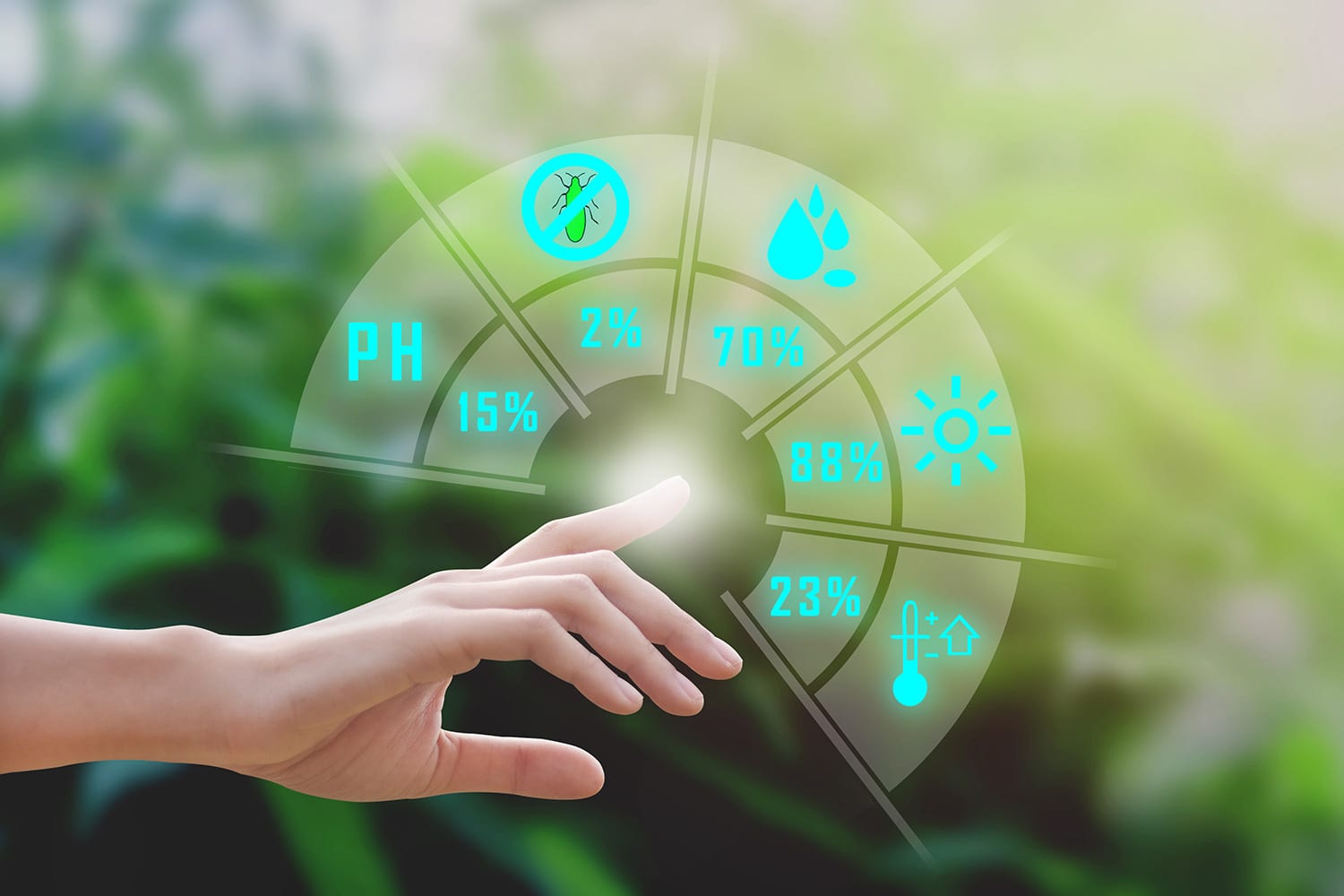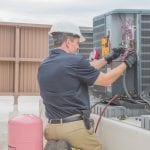Humidity Sensing | IoT Technologies
An IoT-enabled humidity sensor (or hygrometer) senses, measures and reports both moisture and air temperature. The ratio of moisture in the air to the highest amount of moisture at a particular air temperature is called relative humidity.
Humidity Sensors & Controls – Q&A
What are humidity sensors?
A humidity sensor is a device that detects and measures water vapor. SBT Alliance’s IoT partners provide a complete range of calibrated and amplified sensor products that measure relative humidity (RH) that can be integrated into your facility.
Where should I put my humidity sensor?
The mounting location should be in a sheltered area that is protected from rain. Ideally, the transmitter should be located on the north-side of the building (under an eave) to prevent sun-heated air from rising up the building’s wall and affecting the relative humidity of the sensor.
What is the meaning of humidity?
Humidity is the state of air when it’s full of water vapor. Humidity is the noun form of the adjective humid, which is used to describe moist air—air that’s full of water vapor. Humidity is most commonly used in reference to weather or the general climate of a place, especially when the temperature is hot.
How does humidity affect capacitance?
From the experimental results, the capacitance was observed to increase with higher humidity, which demonstrates sensitivity to humidity in the studied range. Higher water molecule content at high humidity levels increases dielectric permittivity constant, thereby acting to improve the capacitance of the device.
What is a good humidity level?
The ideal relative humidity for health and comfort is somewhere between 30-50% humidity, according to the Mayo Clinic. This means that the air holds between 30-50% of the maximum amount of moisture it can contain.
How humidity is calculated?
Just like water vapor, relative humidity can be expressed in terms of pressure or density. In both cases it is expressed as a percentage and is calculated by dividing actual vapor pressure by saturation vapor pressure (or actual vapor density by saturation vapor density), then multiplying that number by 100.
Is humidity good or bad?
Since high humidity makes the temperature feel hotter than it actually is which means different types of inventory & their storage requirements vary in complexity from food/grocery retail to what’s required when transporting produce as an example.
How is humidity important?
Humidity plays an important role for surface life. For animal life dependent on perspiration (sweating) to regulate internal body temperature, high humidity impairs heat exchange efficiency by reducing the rate of moisture evaporation from skin surfaces.
Pain point(s) surrounding the need for humidity sensors and controls devices:
- Moisture
- Wet conditions
- Human factors/comfort
- Negative impacts of high & low humidity
Solution(s) provided through our humidity sensing technologies:
- Sensors – monitor, measure and report on the amount of humidity in the air
- Controls – have the ability to adjust humidity based on requirements or industry standards (in controlled environments)
Applications
- HVAC systems
- Office
- Cars
- Humidors
- Museums
- Industrial spaces
- Greenhouses
- Refrigeration
- Food processing
- Grocery
- Cold storage








Recent Comments